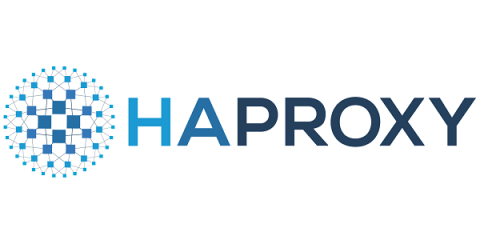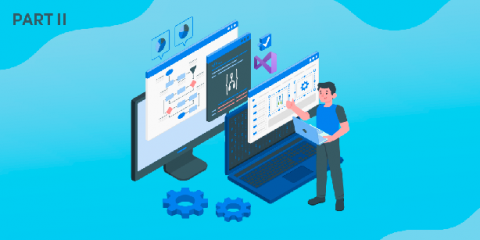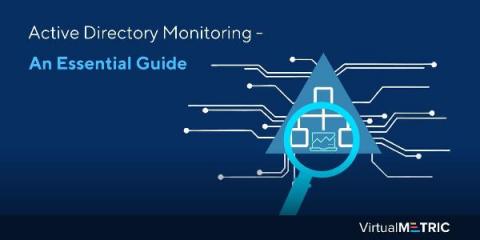Datadog Monitors Amazon Route 53
Amazon Route 53 provides DNS and traffic routing services for cloud applications. You can use Route 53 to define multiple routing policies to send requests to a variety of endpoints, and configure DNS health checks to re-route traffic for failover, ensuring high availability of your services.











